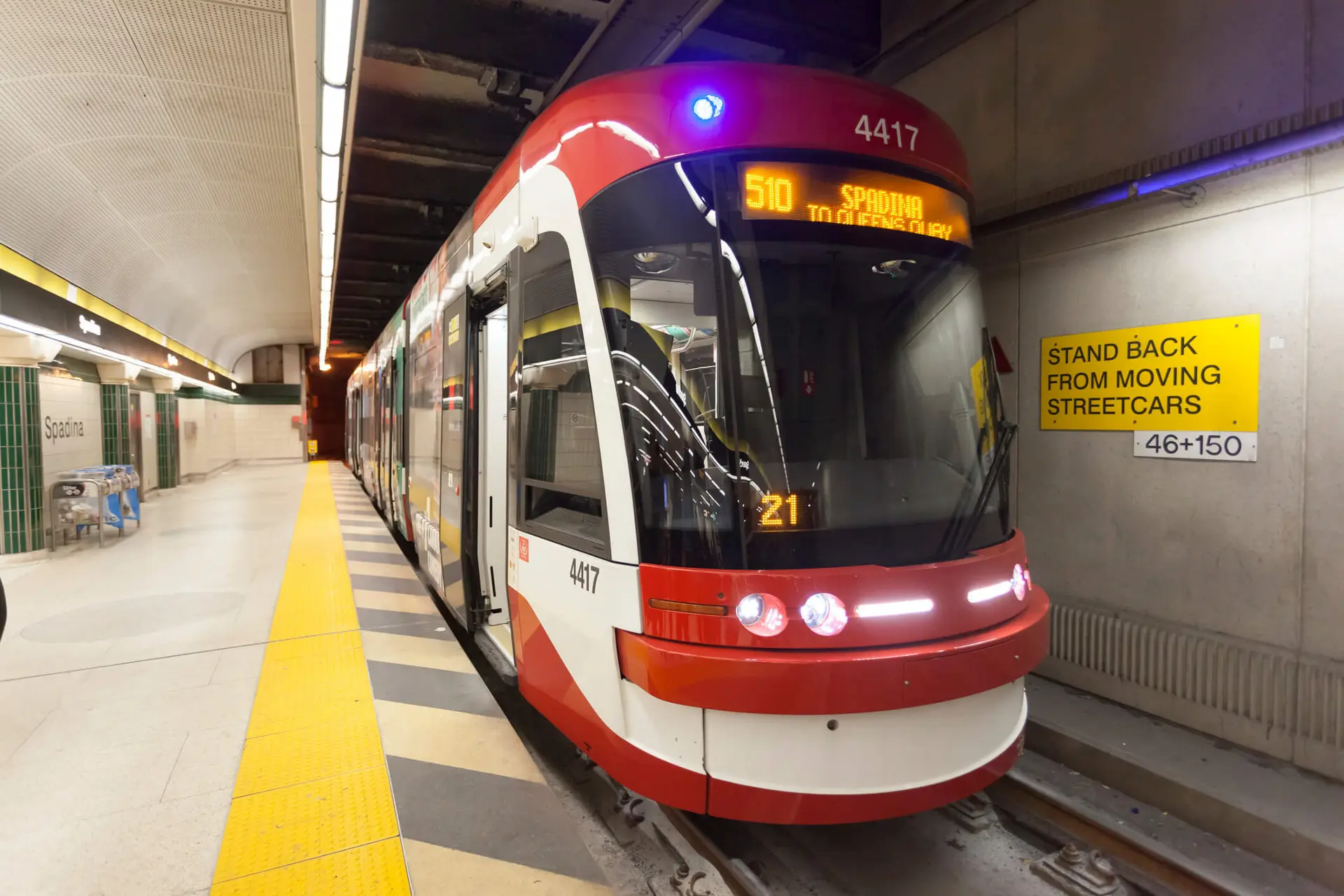Many people in Ontario rely on public transit to get to work or travel around their communities. That reliance is sure to increase in the future as the province expands public transit in the Greater Golden Horseshoe, where the population is projected to grow by nearly 50 per cent by 2051.
To handle that growth, new subway and light rail transit (LRT) lines are being built. Four new subway lines or extensions are planned in Toronto including the Ontario Line, with about 255,000 people within walking distance to one of its stations.
While generally safe, every year some riders suffer injuries while traveling on public transit. Those injuries are caused by mechanical failures, operator error or collisions with other vehicles.
When that happens, both the operator and the municipality may bear responsibility since transit authorities owe a duty of care to riders. But as various court rulings have found, that liability does not cover every scratch and bruise riders may receive. The Toronto personal injury lawyers at Gluckstein Lawyers can advise you on whether the damages you suffered on public transit meet the test for compensation.
The Duty of Care.
The Supreme Court of Canada has found that the duty of a public transit operator is high. In Day v. Toronto Transportation Commission ([1940] SCR 433), the Court ruled: "Although the carrier of passengers is not an insurer, yet if an accident occurs and a passenger is injured, there is a heavy burden on the carrier to establish that he had used all due, proper and reasonable care and skill to avoid or prevent injury to the passenger. The care required is of a very high degree."
Recently the Ontario Superior Court of Justice also found that transit drivers are held to an elevated standard of care. In Bruni v. Toronto Transit Commission et al., 2023 ONSC 6110, it ruled that the "standard of care imposed on a common carrier like the TTC is higher than that which is placed on the average person."
That said, the court has recognized that those traveling on public transit, especially streetcars and buses, should expect some degree of rough ride that is not the fault of the operator or the transit system. It is common for buses to hit a bump or lurch forward and an injury sustained from a typical bump or lurch will not always result in a finding of negligence against the driver or operator.
'No Crash, No Cash' Rule.
In 2011, the Insurance Act was amended to include what is known as the "no cash, no cash" rule. Under this provision, transit users who sustain injuries cannot pursue accident benefits if the automobile they were in "did not collide with another automobile or any other object in the incident."
This rule applies to "public transit" as defined in Section 224 of the Insurance Act which includes "any service for which a fare is charged for transporting the public by automobiles operated by or on behalf of a municipality, or a local board as defined in the Municipal Affairs Act …" It does not include transportation facilities for persons with disability, school buses or ambulances.
This rule means that as long as there is no collision, riders who suffer injuries are not eligible for accident benefits coverage for such things as imminent medical and rehabilitation expenses, income replacement, attendant care or other treatment expenses. Commonly, this rule applies to a bus or streetcar that must brake or swerve quickly to avoid a collision or obstacle.
The "no crash, no cash" rule has been used to bar accident-benefits insurance claims from people who were injured by the sudden lurching or stopping of the bus or streetcar they were in when no actual impact with another vehicle occurred. Tort claims can still be launched in these cases which means the injured person can sue the transit company for negligence and seek damages for pain and suffering and economic losses.
Recent Public Transit Injuries.
- The Ontario Court of Appeal recently upheld the Toronto Transit Commission's (TTC) liability in the personal injury case of a woman who was struck by a TTC bus. A jury in 2022 awarded the woman $175,000 in non-pecuniary damages and $200,000 for past loss of income. She told the court she suffered serious and permanent physical and psychological impairments from the accident, with the TTC arguing that she was malingering.
- According to a news report, 12 people were injured after a Mississauga Transit bus ended up in a ditch in January 2024. The story states the bus collided with an automobile and the two drivers and 10 bus passengers taken to the hospital with injuries.
Contact Us if You Have Been Injured.
Traveling by public transit is generally safe, though accidents do occur. If you are injured on a bus, train, streetcar, subway or other form of public transit due to the fault of the driver or transit system, you deserve adequate compensation.
When you contact the Toronto motor vehicle accident lawyers at Gluckstein Lawyers, we will listen to your story. We want to hear what happened and how it has affected you. As we explain your options and rights, we will help you in any way we can. And we only get paid if we are successful in getting you a settlement or court award.

